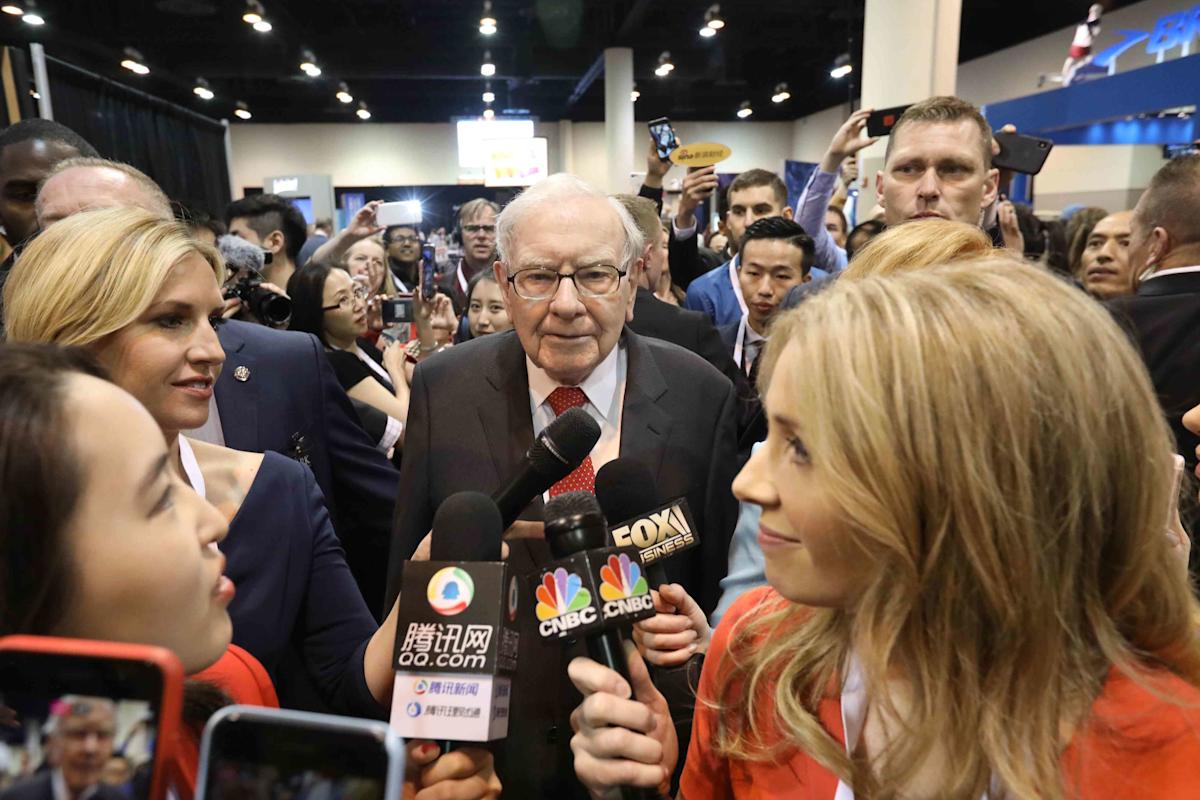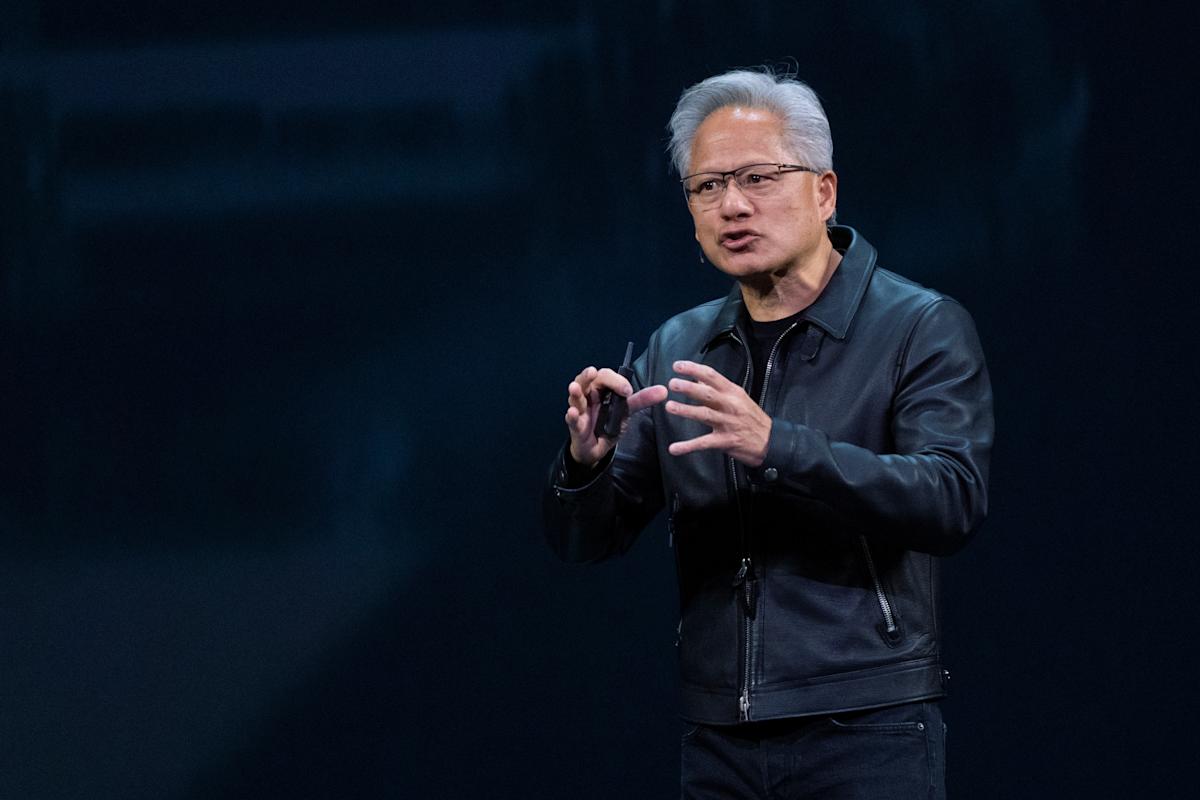Written by Emily J. Thompson, Senior Investment Analyst
Organic Revenue Growth
10% year-over-year growth driven by continued momentum in the cardiopulmonary business and solid neuromodulation performance across all regions. This reflects robust demand and disciplined execution across the portfolio.
Cardiopulmonary Segment Revenue
$199 million in Q2 2025, a 13% increase compared to Q2 2024. Growth was driven by low double-digit increases in heart-lung machine revenue and oxygenators revenue, supported by procedure growth, market share gains, and pricing.
Epilepsy Revenue
6% year-over-year growth in Q2 2025. U.S. epilepsy revenue increased by 5%, while Europe and Rest of World regions combined grew by 9%. Growth was attributed to strong commercial execution, successful transition to the updated SenTiva generator, and recapturing previously delayed implants.
Adjusted Gross Margin
69% in Q2 2025, up from 68% in Q2 2024. The increase was driven by positive pricing, geographic mix, and the absence of a prior year provision for the Italian payback measure.
Adjusted Operating Income
$77 million in Q2 2025, up from $67 million in Q2 2024. The increase was driven by higher revenue and optimization of DTD program spending.
Adjusted Diluted Earnings Per Share
$1.05 in Q2 2025, compared to $0.93 in Q2 2024. The increase was primarily driven by adjusted operating income growth.
Cash Balance
$594 million as of June 30, 2025, up from $429 million at year-end 2024. The increase reflects the reclassification of $295 million of restricted cash due to the termination of the collateral cash deposits associated with the SNIA litigation guarantee.
Total Debt
$431 million as of June 30, 2025, compared to $628 million at year-end 2024. The reduction was due to a $200 million early repayment of term facilities.
Adjusted Free Cash Flow
$68 million in the first half of 2025, up from $53 million in the prior year period. The increase was driven by stronger operating results and disciplined working capital management.
LIVN.O$52.630+43.055%Past 6 months
Analyst Views on LIVN
Wall Street analysts forecast LIVN stock price to rise over the next 12 months. According to Wall Street analysts, the average 1-year price target for LIVN is 63.14 USD with a low forecast of 55.00 USD and a high forecast of 80.00 USD. However, analyst price targets are subjective and often lag stock prices, so investors should focus on the objective reasons behind analyst rating changes, which better reflect the company's fundamentals.
Wall Street analysts forecast LIVN stock price to rise over the next 12 months. According to Wall Street analysts, the average 1-year price target for LIVN is 63.14 USD with a low forecast of 55.00 USD and a high forecast of 80.00 USD. However, analyst price targets are subjective and often lag stock prices, so investors should focus on the objective reasons behind analyst rating changes, which better reflect the company's fundamentals.
Current: 52.790

Current: 52.790

downgrade
$56 -> $55
Reason
Goldman Sachs downgraded LivaNova to Neutral from Buy with a price target of $55, down from $56. The firm believes that as the Essenz product cycle passes the halfway point, LivaNova's decelerating sales growth and slowing rate of margin expansion are likely to limit the potential for multiple expansion. Consensus estimates now more appropriately capture the company's forward outlook, the analyst tells investors in a research note.
Equal Weight
maintain
$55 -> $58
Reason
Barclays analyst Matt Miksic raised the firm's price target on LivaNova to $58 from $55 and keeps an Equal Weight rating on the shares. The firm updated the company's model to reflect management's commentary and updated 2025 outlook.
Peer Perform -> Outperform
upgrade
$60
Reason
Peer Perform -> Outperform
Reason
Equal Weight
downgrade
$56 -> $55
Reason
About LIVN
LivaNova PLC is a medical technology company. The Company designs, develops, manufactures, markets and sells products and therapies. Its segments include Cardiopulmonary, and Neuromodulation. Its Cardiopulmonary segment is engaged in the design, development, manufacture, marketing, and sale of cardiopulmonary products, including heart-lung machines (HLM), oxygenators, autotransfusion systems, perfusion tubing systems, cannula, and other related accessories. Its Neuromodulation segment is engaged in the design, development, manufacture, marketing, and sale of devices that deliver neuromodulation therapy for treating drug-resistant epilepsy (DRE) and difficult-to-treat depression (DTD). Its principal Neuromodulation product, the VNS Therapy System, consists of an implantable pulse generator and connective lead that stimulates the vagus nerve, surgical equipment to assist with the implant procedure, and equipment and instruction manuals.

















